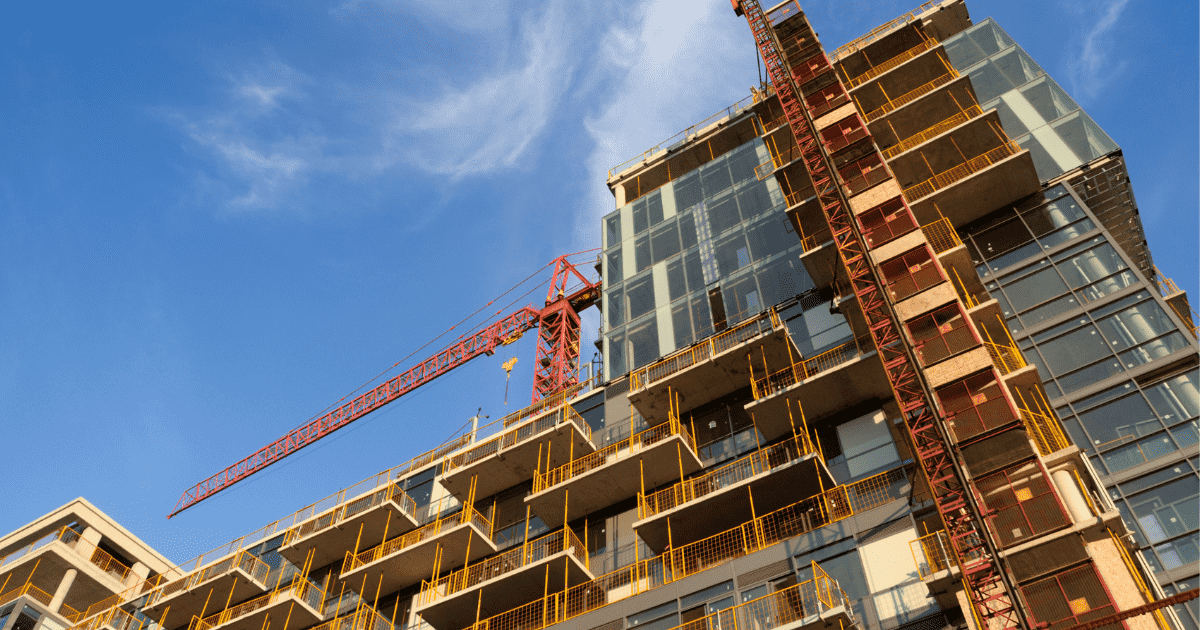 By Eddy Boudiwan and George Hill
By Eddy Boudiwan and George Hill
We have often been asked how we select our investment properties and why we favour multi-family buildings.
The residential market is our key area of focus, which is divided into owner and tenant occupied. As we delve into real estate for the purpose of investing, we are focused on tenant-occupied properties, rather than owner-occupied homes, as we firmly believe that it has the basis for greater returns. Although an owner-occupied property can appreciate, it is affected significantly more by supply and other economic factors than a tenant-occupied property.
Simply stated, the value of a tenant-occupied property has a direct correlation between the income it creates and the value of the asset itself, beyond the value of the building and land.
Every tenant-occupied property should be treated strictly as a business, relying on fundamentals of analysis and due diligence, rather than subjective emotions. The key metrics analyzed are the net operating income (NOI) and the cap rate (based on the area). for a large part of our criteria. By looking at these as key elements, one can invoke NOI acceleration strategies, producing returns in the business property.
NOI is the income produced by a property after all expenses are removed, before the mortgage payment. Cap rate is defined as the percentage return of a cash purchase on the property. Other fundamentals affect cap rate, such as sales in the immediate area, condition of the property and other macro and micro economics. It is very important to be in tune with the cap rate in the submarket where you decide to buy. We like to invest in upcoming areas that show solid, sustainable GDP growth, job growth and population growth.
To better define the function of the cap rate, let’s consider a scenario in which we purchase an investment property that generates an annual NOI of $10,000 and the purchase price for this property was $100,000 cash. Based on purchase price, you are receiving a 10-per-cent return or cap rate (value of property = NOI/cap rate).
Here is where NOI acceleration strategies play a huge part. Keep in mind that increasing NOI, either by increasing revenue or decreasing expenses, will directly increase the value of the investment.
Your goal is to maximize the NOI acceleration. Here are some tactics you can implement:
1. Buy the right property: For every $1,000 understated by seller NOI, an overpayment of $10,000 will occur for the property. Cap rate assumed is 10 per cent to stay in line with the example above. Often omitted are items such as water heater rentals, snow/landscaping and laundry lease. Validate all expenses carefully.
2. Invoke strategies to increase rents, while keeping vacancy low. Efficient renovations, property facelifts and amenities for tenants can play a huge role in raising the tenant profile, thus increasing rents.
3. Reduce expenses, while still managing the quality of the property. Sub-metering for hydro and water, along with using energy-efficiency strategies are some of the best ways to reduce expenses and increase NOI. Also, look for opportunities to save on realty taxes by asking for a re-assessment.
For example: We bought an underperforming, mismanaged four-plex, where hydro costs were paid for by the landlord. We invested $5,000 to sub-meter the property and upon tenant turnover we charged base rent plus hydro. The hydro expense was more than $3,700/year. The NOI increased by $3,000, increasing the value of the asset by a whopping $40,000! Combine this tactic with others suggested here to drive up the value of the asset.
4. Fix expenses so you know what to expect and to ensure you are paying fairly in the market for services and products. Having fixed contracts with property management, snow removal and landscaping companies and utilities can prevent anomalies in charges and ensure a constant NOI.
We suggest holding properties for between five to 10 years, while normalizing, creating efficiencies and increasing the NOI. This results in wealth creation via increases in equity and increased cash flow. Invoke a good exit strategy to capitalize on the NOI creation that fits with your mortgage terms.
Real Estate Rangers is a real estate investment team that locates, operates and maintains properties for investors. Eddy Boudiwan and George Hill are the co-founders of the company. They have partnered with Taft Forward Management as their acquisition arm. For more information, visit www.realestaterangers.ca.
















